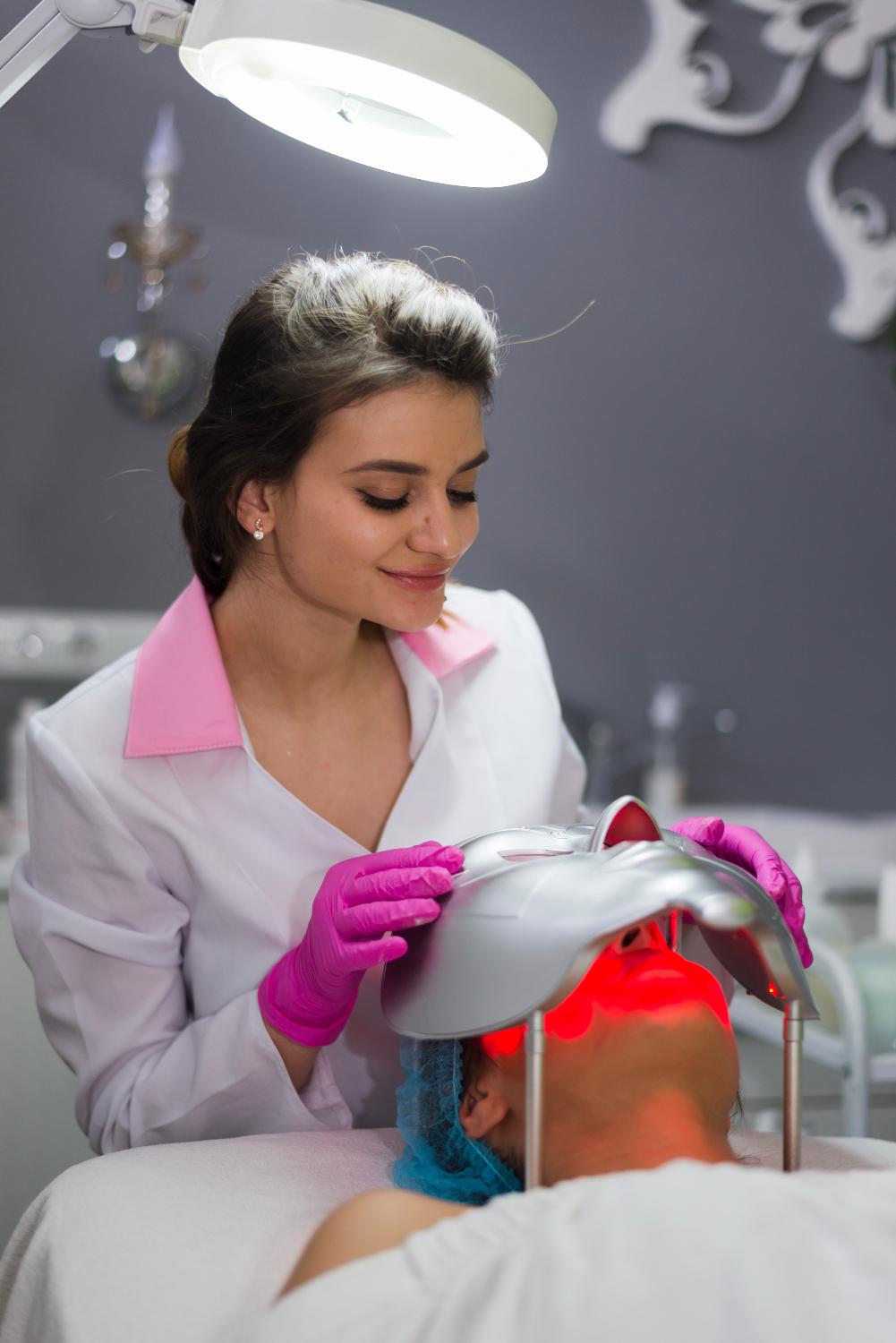In the world of laser technology, YAG laser stands out as a versatile and powerful tool widely used in various medical and cosmetic applications. However, with numerous laser technologies available, choosing the right one can be challenging. This blog post will compare YAG laser with other prominent laser technologies, helping you determine which is best for your specific needs.
Understanding YAG Laser Technology
YAG laser, short for Yttrium Aluminum Garnet laser, utilizes a solid crystal as its gain medium, which emits light when stimulated. There are two primary types of YAG lasers:
(Neodymium-doped YAG) laser and the Er(Erbium-doped YAG) laser. Each type has its unique properties and applications.
- Nd Laser: The Ndlaser emits light at a wavelength of 1064 nm, making it suitable for deeper tissue penetration. It is widely used in various fields, including dermatology, ophthalmology, and dentistry. Its effectiveness in treating vascular lesions, tattoos, and even for surgical procedures makes it a popular choice among medical professionals.
- Er Laser: This variant emits light at a wavelength of 2940 nm, which is absorbed by water in the skin. This property makes the Erlaser particularly effective for skin resurfacing, scar treatment, and cosmetic procedures. It is less aggressive than the Ndlaser, resulting in minimal thermal damage and a quicker recovery time for patients.
Comparing YAG Laser with Other Laser Technologies
When considering laser treatment options, it’s essential to compare YAG laser technology with other common laser systems, such as CO2 lasers and diode lasers.
1. YAG Laser vs. CO2 Laser
Wavelength and Penetration: CO2 lasers operate at a wavelength of 10600 nm, primarily targeting water. This feature makes CO2 lasers highly effective for ablative skin resurfacing procedures, allowing for significant tissue removal and deep penetration. In contrast, YAG lasers penetrate deeper tissue without primarily targeting the water content.
Applications: CO2 lasers are often favored for surgical procedures, particularly in dermatology, where substantial skin resurfacing is required. YAG lasers, on the other hand, excel in tattoo removal and treating vascular lesions.
Recovery Time: CO2 laser treatments typically involve a longer recovery period due to the aggressive nature of the procedure. YAG laser treatments often result in less downtime, making them more appealing for patients seeking quicker recovery.
2. YAG Laser vs. Diode Laser
Wavelength and Effectiveness: Diode lasers emit light at various wavelengths, typically between 800 nm and 980 nm. They are highly effective for hair removal and treating specific skin conditions. However, YAG lasers, particularly Nd
, offer deeper penetration and are more effective for targeting pigmented lesions and vascular concerns.Versatility: YAG lasers are incredibly versatile, serving a wide range of applications, from aesthetic treatments to surgical procedures. Diode lasers are mainly limited to hair removal and certain dermatological treatments.
Pain Management: YAG lasers, especially when combined with cooling devices, tend to offer more comfortable procedures with less pain compared to diode lasers. This advantage can be a crucial factor for patients considering laser treatments.
Making the Right Choice
Choosing between YAG laser and other laser technologies depends on your specific needs and goals. Here are some factors to consider when making your decision:
- Treatment Goals: Identify the primary purpose of your treatment. If you're looking for hair removal or treating vascular lesions, YAG laser technology may be the best fit. For extensive skin resurfacing, a CO2 laser might be more appropriate.
- Skin Type: Different laser technologies interact differently with various skin types. YAG lasers are generally safe for all skin types, while CO2 lasers may carry a higher risk of complications in darker skin tones.
- Recovery Time: If minimizing downtime is crucial, consider YAG laser treatments. They typically require less recovery time compared to more aggressive lasers like CO2.
- Consultation with a Professional: Before deciding on a treatment, consult with a qualified medical professional. They can assess your specific situation, discuss the benefits and risks of each technology, and recommend the best option for you.
Conclusion
In summary, YAG laser technology offers numerous advantages for various medical and cosmetic applications. Its versatility, safety for all skin types, and reduced recovery time make it a popular choice. However, it’s essential to compare it with other laser technologies, such as CO2 and diode lasers, to determine the best option for your needs.
By understanding the differences and benefits of each technology, you can make an informed decision that aligns with your treatment goals and desired outcomes. Whether you opt for YAG laser or another laser technology, the right choice can lead to effective and satisfying results.





Comments